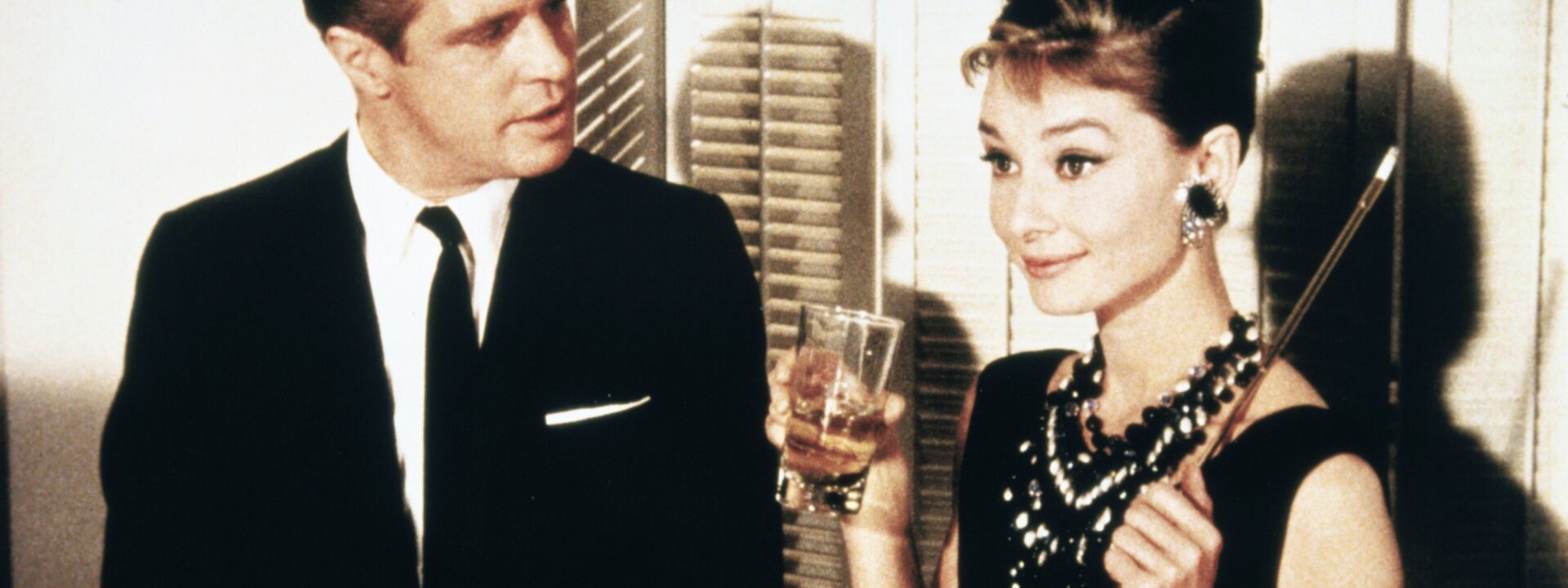Wedding season is year-round, which means knowing the rules of cocktail attire is essential—especially when the dress code is strict. We’ve all been there: You get an invite to a wedding, engagement party, or even a fancy gathering with friends, and the host specifies this dress code. It’s not black-tie formal, but it’s definitely not casual—making it easy to overdress or underdress if you’re not careful.
While most of us know what cocktail (or mocktail) hour entails, the dress code leaves more room for interpretation. Below, we break down the history of cocktail attire, along with key rules and tips so you’re ready the next time an invitation lands in your inbox.
### What is cocktail attire?
Simply put, it’s a semi-formal style typically worn for early evening or late afternoon events.
“Cocktail attire first gained popularity in the 1920s as women in the U.S. stepped into the public social scene, seeking individuality and breaking free from the restrictive gender norms of the Edwardian era,” explains Michelle Gabriel, graduate program director at Glasgow Caledonian New York College (GCNYC). During the Edwardian period, women’s fashion was elaborate, featuring corsets, long skirts, and layers. In the following decade, flapper styles introduced shorter hemlines and looser silhouettes—still detailed and ornate, but more liberating.
“French designers like Chanel and Schiaparelli, increasingly catering to American clients, embraced the concept of cocktail dressing,” Gabriel says. “They offered luxurious, relaxed styles for high-society hostesses throwing private cocktail parties. Hollywood films starring Mae West and Greta Garbo, along with the rise of international travel in the 1930s, helped popularize these looks.”
Still, the term “cocktail dress” wasn’t widely used until Christian Dior coined it in the late 1940s. By then, cocktail hour had become a household tradition, with women hosting gatherings between 6 and 8 p.m. According to the Metropolitan Museum of Art, “Dior was the first to name the early evening frock a ‘cocktail’ dress, allowing magazines, department stores, and rival designers to adopt the term.” His New Look collection—featuring cinched waists and full skirts—defined a new era of versatile elegance.
“Parisian couturiers had long influenced American fashion, but during World War II, that connection was cut off,” says couture historian Adnan Ege Kutay. “After the war, the industry needed to revive itself, and women were eager for new styles.”
In the 1950s, cocktail dresses often hit mid-calf and were made of fabrics like black taffeta, satin, and chiffon—think Audrey Hepburn’s iconic party look in Breakfast at Tiffany’s.
By the 1960s, fashion became more expressive. As noted in Clothing and Fashion: American Fashion from Head to Toe, “Mod styles dominated cocktail dressing for young women. Dressy suits were also acceptable, and for those heading straight from cocktails to dinner, a matching jacket could be worn over an evening dress. As cocktail parties expanded to include various events, dress codes grew more flexible.”
### What does cocktail attire look like today?
The specifics can vary based on the occasion, season, or host’s preferences, but there are a few key guidelines. While trousers are an option, consider a dress or a polished suit for a classic cocktail look.Here’s a clearer and more natural rewrite of your text:
—
Instead of reaching for denim, pair your pants with a dressier silk top or one with a more polished silhouette—skip the basic t-shirt.
For dresses, the length depends on the style. A long or midi dress works well with a sleek shape (avoid anything too dramatic like a ball gown). Shorter dresses can also be appropriate, but keep the occasion in mind when choosing the length.
Patterns, like florals for a spring or summer wedding, are perfectly fine—just make sure they suit the event and the host’s dress code. Some cocktail parties may request all-black attire, so always check. The venue matters too; if your event is outdoors or leans more creative, florals might be a great choice.
Cocktail attire is flexible when it comes to suits. Collared shirts and ties aren’t mandatory, and tops can be the standout piece (think bold colors or patterns). In some cases, a suit with a simple T-shirt works too. A good rule for weddings: If the groom is wearing a jacket, men should too.
What shoes work for cocktail attire?
For women, heels, leather flats, or heeled boots are classic choices. Men can opt for loafers or dressy boots. Always consider the event—outdoor gatherings might call for nice sneakers or flats (no flip-flops!), while a formal venue calls for dress shoes.
Dress codes can feel limiting, but if you’re attending a cocktail-attire event like a wedding, the best approach is to play it safe. Use the dress code as an excuse to dress a little sharper than usual.
—
Let me know if you’d like any further refinements!


